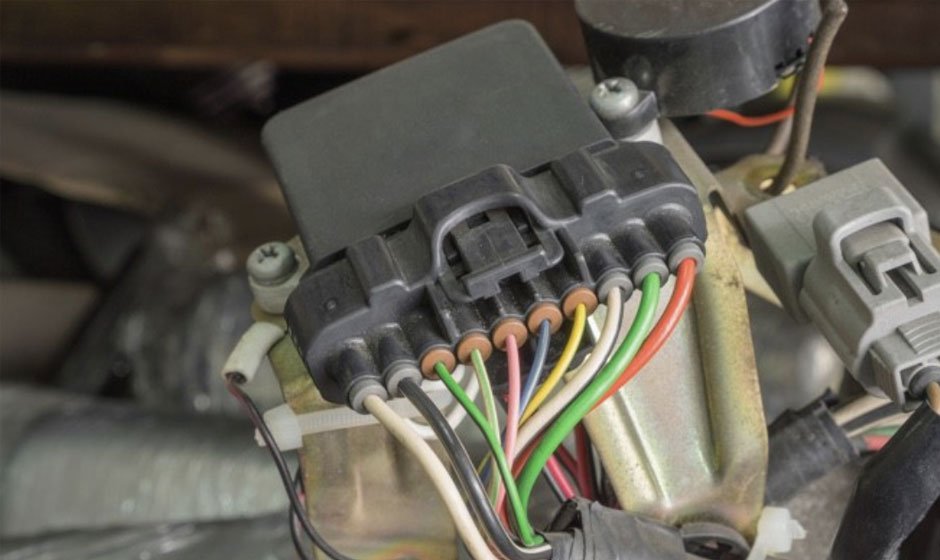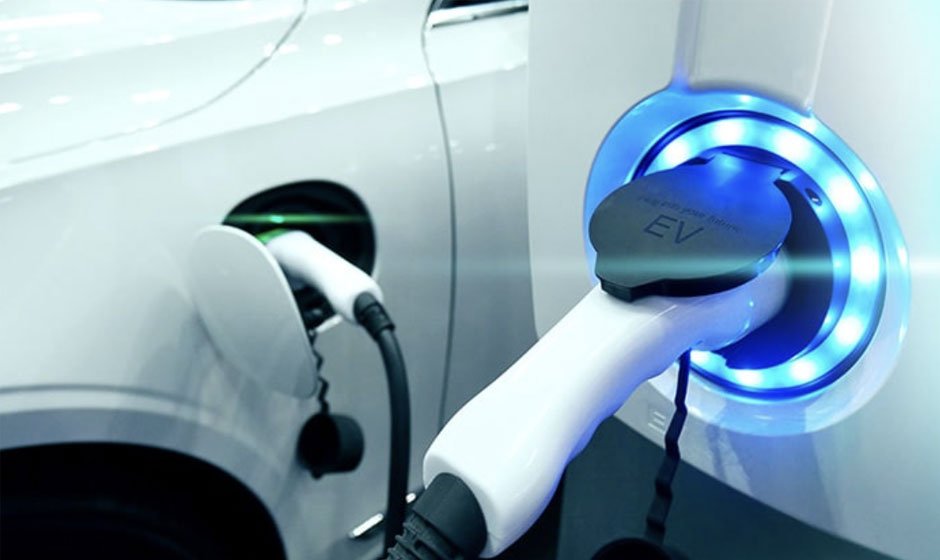What Are Different Types Of EV Charging Systems And What Is Their Importance?

A charging system for electric vehicles is a set of components and infrastructure that allows electric vehicles to recharge their batteries. Charging stations, cables, connectors, and control systems are all part of it. As the market for electric cars (EVs) grows, technical developments shape the vehicles and the infrastructure that supports them.
Innovative EV charging technology is a big step forward, offering novel ways to improve efficiency, connectivity, and the user experience. The requirement for compatibility and standardization is a major impediment to developing novel EV charging system. As new charging networks and EV models emerge, ensuring seamless interoperability becomes more critical.
Different Types Of Ev Charging Systems And Their Importance
The global shift towards sustainable transportation has fueled the development of a variety of electric vehicle (EV) charging systems, each catering to specific demands and preferences. In this in-depth essay, we’ll look at the many sorts of EV charging systems, from regular home charging to high-speed public charging stations. We’ll also talk about how important these charging networks are for accelerating the adoption of electric vehicles and nurturing a cleaner, greener future.
The Landscape of Electric Vehicle Charging
-
Level 1 Charging
Level 1 charging is the most basic type of electric car charging and requires plugging an electric vehicle into a typical household electrical socket. In North America, these outlets are normally 120 volts (V), while in Europe and other locations, they are 230-240 volts. Residential charging requires Level 1 charging, which allows electric vehicle owners to charge their vehicles at home using regular outlets. While the charge rate is sluggish, it is adequate for overnight charging, guaranteeing that the car is ready for everyday use.
-
Level 2 Charging
Level 2 charging operates at 240 volts and charges at a faster rate than Level 1. Level 2 chargers are often found in residences, offices, and public charging stations. Level 2 charging is essential for shortening charging periods and improving convenience. It is appropriate for daily charging demands and offers an efficient solution for electric vehicle users who need access to Level 1 charging at home.
-
DC Fast Charging (Level 3)
DC fast ev charging systems, often known as Level 3 charging, are designed to provide faster charging at greater voltages (typically 480 volts or more). It is frequently used for highway and city public charging stations. Fast direct current charging is essential for long-distance travel and reducing time spent at charging stations. It enables electric vehicles to charge quickly, making them more suitable for lengthy journeys and reducing range anxiety.
-
Tesla Supercharger Network
Tesla, a market leader in electric vehicles, has created its own Supercharger network. Tesla Superchargers are high-speed DC fast chargers customized for Tesla vehicles. Tesla owners benefit from the Tesla Supercharger network, which provides a specialized and efficient charging infrastructure. It emphasizes the need for private enterprises to invest in charging networks to support their customer base of electric vehicles.
The Importance of Diverse Charging Systems
-
Accessibility and Convenience
Various charging systems add to the accessibility and convenience of owning an electric vehicle. Level 1 and Level 2 chargers in homes, offices, and public areas provide customers with charging alternatives based on their regular routines and travel demands.
-
Daily Commuting and Urban Mobility
Level 1 and Level 2 chargers are critical for daily commutes and urban mobility. Users can charge their vehicles overnight or during business hours, ensuring that they are available for everyday use without relying substantially on fast-charging infrastructure.
-
Long-Distance Travel
DC rapid charging and dedicated charging networks like Tesla’s Supercharger network are critical for meeting long-distance travel needs. These high-speed chargers shorten charging periods, making electric vehicles more suitable for long-distance travel.
-
Range Confidence
Diverse charging alternatives let electric vehicle customers feel confident about their range. Knowing that different charging systems are available ensures that consumers may select a charging option that meets their needs, removing concerns about running out of battery power while traveling.
-
Infrastructure Investment
The presence of various charging regimes stimulates both public and private sector infrastructure investment. When governments, corporations, and charging network providers perceive an expanding and varied customer base, they are more likely to invest in charging infrastructure.
-
Transition to Clean Energy
The availability of various charging solutions is critical in hastening the transition to sustainable energy. As more renewable energy sources are integrated into the electrical grid, charging infrastructure becomes an important component in encouraging environmentally friendly and sustainable transportation.
-
Economic Growth and Job Creation
The presence of various charging regimes stimulates both public and private sector infrastructure investment. When governments, corporations, and charging network providers perceive an expanding and varied customer base, they are more likely to invest in charging infrastructure.
-
Innovation And Technological Advancements
The availability of various charging solutions is critical to hasten the transition to sustainable energy. As more renewable energy sources are integrated into the electrical grid, charging infrastructure becomes an important component in encouraging environmentally friendly and sustainable transportation.

Overcoming Challenges and Future Considerations
-
Charging Network Density
Maintaining enough charging network density, particularly in rural and distant places, remains a concern. To address this challenge, continued investment in charging infrastructure expansion is critical.
-
Standardization and Interoperability
Continuous standardization and interoperability efforts are required to build a unified charging infrastructure. Clear industry standards allow manufacturers to create vehicles and charging infrastructure that work in tandem.
-
Smart Charging Solutions
Integration of smart charging solutions, such as grid-connected and bidirectional charging, will be critical in optimizing energy use, regulating demand, and ensuring grid stability.
-
Consumer Education
It is critical to educate consumers about the availability and benefits of various charging technologies. Promoting user awareness of various charging choices can assist consumers in making informed decisions about their electric vehicle charging strategy.
-
Technological Advancements
To solve present limits and improve the efficiency and performance of electric car charging systems, ongoing research and development in battery technology and charging infrastructure is required.
-
Policy and Regulatory Support
Governments and regulatory agencies are critical in promoting the development of various charging schemes. Incentives, subsidies, and well-defined regulatory frameworks can spur investment and hasten the expansion of charging infrastructure.
Conclusion
Electric car charging systems, ranging from simple home charging to high-speed public charging networks, are crucial in shaping the transportation future. The necessity of having an integrated and harmonized charging ecosystem cannot be overstated. Continued community involvement and participation will be important in ensuring that electric car charging networks evolve to meet the growing demands of a cleaner and more sustainable transportation future.



